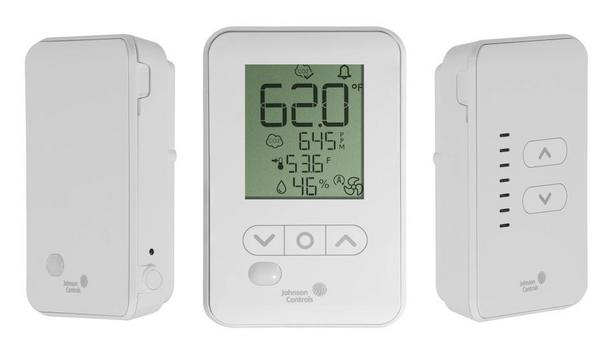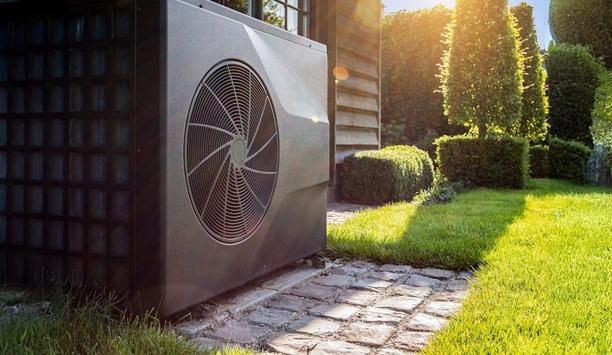Revised building codes, based on model “I-Codes” developed by the International Code Council (ICC), are being widely adopted to allow A2L refrigerants to be used in comfort air conditioning applications.
Previously, the use of A2L refrigerants, which are “mildly flammable,” was not allowed by building codes in force in 2021 and before because of safety concerns.
benefits of A2Ls
However, the benefits of using A2Ls instead of refrigerants with higher global warming potential (GWP) have led to their acceptance as a replacement for hydrofluorocarbons (HFCs) in air conditioning applications.
In response to the greater acceptance, driven by EPA refrigerant cutbacks, ICC has revised their building codes to permit the use of A2Ls, and local jurisdictions are in the process of adopting the revised building codes.
2024 I-Code changes
Approved code changes in the 2024 IBC, IFC, and IMC allow commercial and residential use of A2L refrigerants
The 2024 I-Code changes facilitate compliance with new refrigerant requirements and support producers and refrigerant appliance manufacturers already transitioning to lower-GWP solutions such as A2Ls.
Approved code changes in the 2024 International Building Code (IBC), International Fire Code (IFC), and International Mechanical Code (IMC) allow commercial and residential use of A2L refrigerants to replace refrigerants. The use of A2L impacts all three intertwined sets of building codes, which have been undergoing the three-year amendment process since 2021.
model codes and standards
The International Code Council is a global source of model codes and standards and building safety solutions that include product evaluation, accreditation, technology, training, and certification.
ICC is working with the Air-Conditioning, Heating, and Refrigeration Institute (AHRI) to partner with the construction industry and to facilitate legislation to navigate this positive change. The IBC, IMC, and IFC code revisions, all managed by ICC, have been approved; two finalized codes were published earlier in 2023 and the third is being released in November 2023.
Building, mechanical, and Fire codes
Building code revisions align with established safety standards regarding handling of A2L refrigerants
The Building and Fire codes cover storage of A2Ls in a warehouse, while the Mechanical code covers requirements for installing equipment that uses A2Ls.
Building code revisions align with established safety standards regarding handling of A2L refrigerants, including ASHRAE 15 (Safety Standard for Refrigeration Systems), UL 484 (Room Air Conditioners), UL/CSA 60335-2-40 (refrigerant detector requirements) and UL/CSA 60335-2-89 (enabling higher charge limits for flammable refrigerants).
requirements of ASHRAE 15
In buildings where HVAC machinery is installed, the code changes reflect requirements of ASHRAE 15, such as no equipment with open flames, elevated temperature limits in a room, and refrigerant detection requirements that trigger a mechanical ventilation system in case of a leak.
Any piping that carries A2L must be labeled as flammable with a warning. Condensers and evaporators will need to carry the familiar triangular flammability labels and “risk of fire explosion” verbiage, all consistent with the ASHRAE 15 standard.
Diamond-shaped labeling
An interlock requirement ensures ventilation processes are implemented in case
“Diamond-shaped labeling must be displayed on packaging, storage, and containers so that anyone coming into a room knows there is flammable refrigerant there,” says Jim Cika, a director of technical resources for the International Code Council.
The codes cover safety requirements such as leak detection, ventilation requirements, and “flammable” labeling. An interlock requirement ensures ventilation processes are implemented in case of a detected leak of A2L gas.
storage and warehousing
“The biggest concern is proper storage and warehousing,” says Jim Cika.
“Due to flammability, there are significant additional storage requirements compared to HFC. Distributors have to be prepared with appropriate space and labeling requirements, especially when the materials are being stored in bulk and large quantities.”
A2L code provisions
The code changes are required to enable builders to transition to A2L refrigerants
ICC has created a website that provides relevant A2L code provisions including documents with specific wording related to code changes.
Some states adopt the codes state-wide, while other “home-rule” states leave the adoption of the codes to the individual local jurisdictions. The code changes are required to enable builders to transition to A2L refrigerants.
new codes
ICC has been publicizing the code changes with the help of a grassroots effort with AHRI. “We have put our code provisions out there so everybody knows what they need to be concerned about and to be ready for inspection,” says Cika.
The new codes are coordinated with the EPA and the requirements of the SNAP programs. “We are all on the same page,” he says.
installation of new equipment
After 2025, new equipment will no longer use HFCs but will need to use A2Ls or another low-GWP refrigerant
Up to 25 lbs. of A2L refrigerant can be transported without any hazardous material restrictions; in effect, installers and contractors can transport A2L just as they did HFC.
Transitioning to A2L refrigerants involves the installation of new equipment since the legacy equipment that uses HFCs is not compatible with the new refrigerants. After 2025, new equipment will no longer use HFCs but will need to use A2Ls or another low-GWP refrigerant.
transition to A2Ls
Technicians will still be able to service and maintain existing equipment installed in the field for the rest of its useful life. With equipment using both types of refrigerant operating among various customers, technicians will need to be able to work on either type of system during the transition period.
Phased down and limited supplies of HFCs, as ordained by EPA regulations, will likely push installers and their customers to the newer technologies using A2Ls.






































